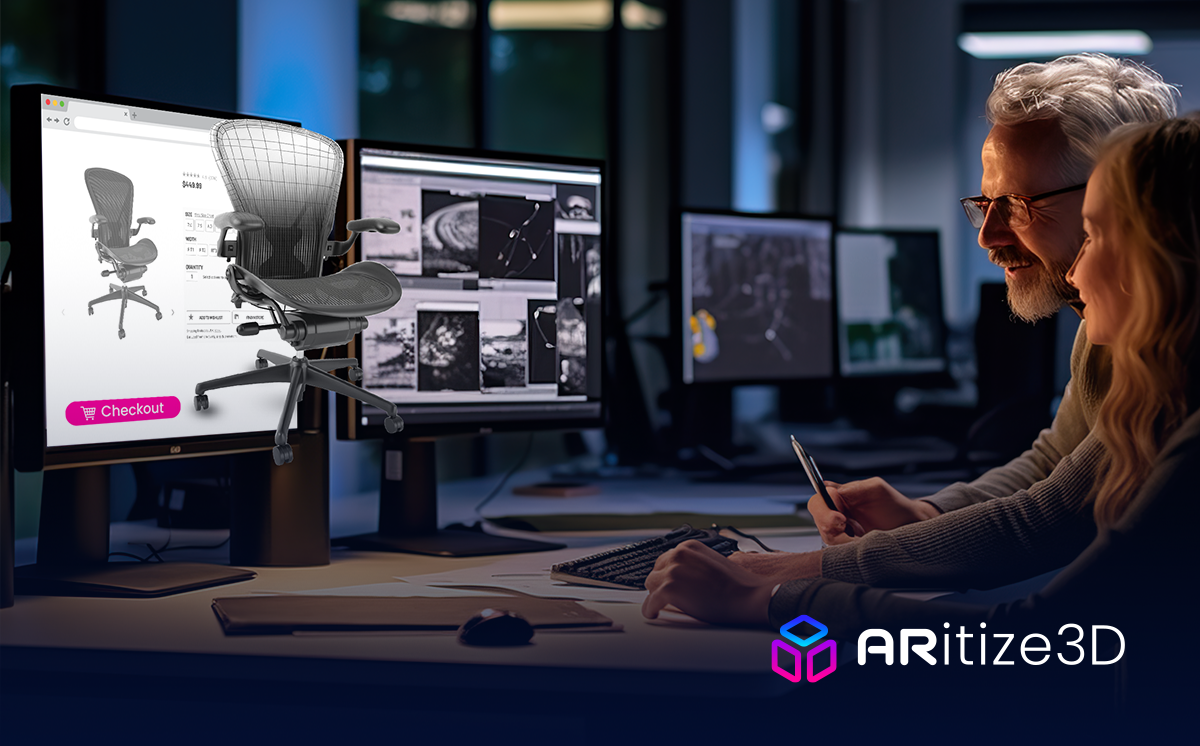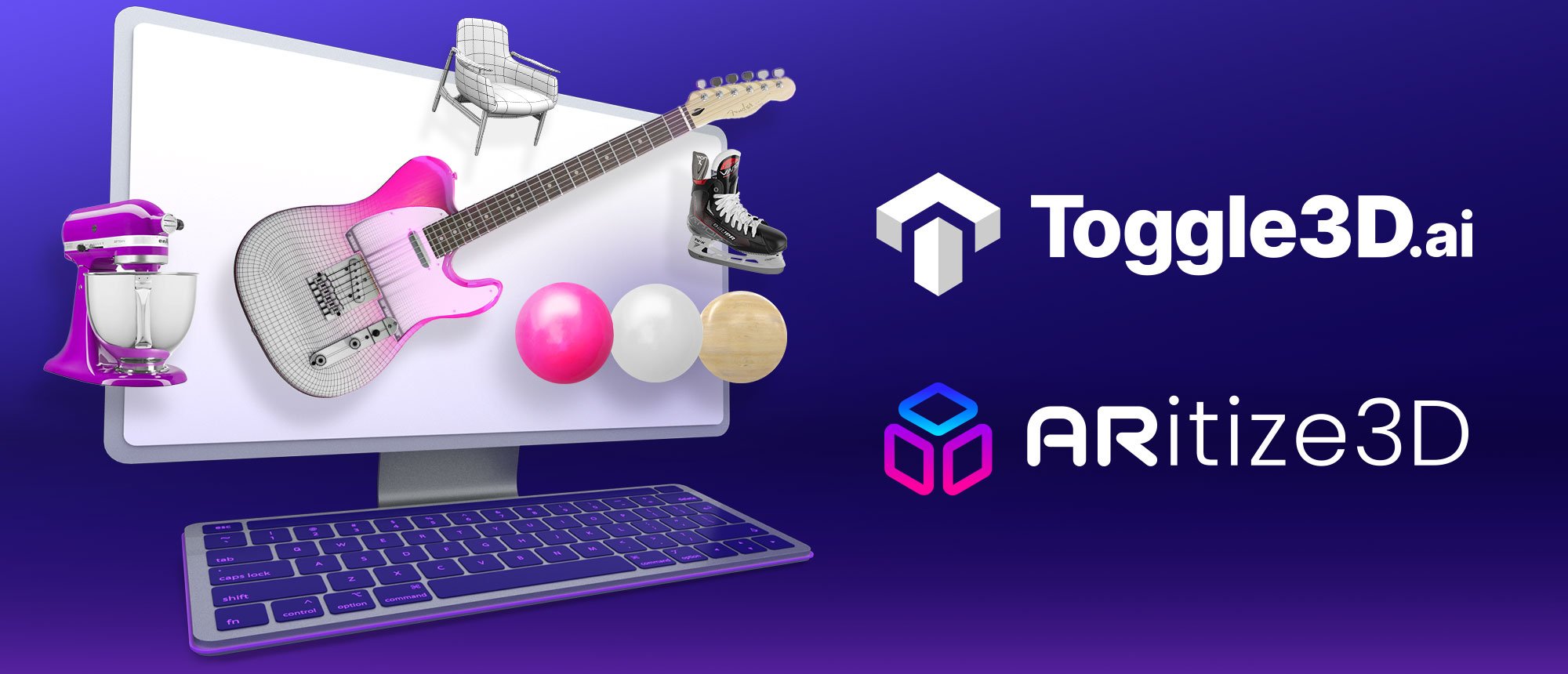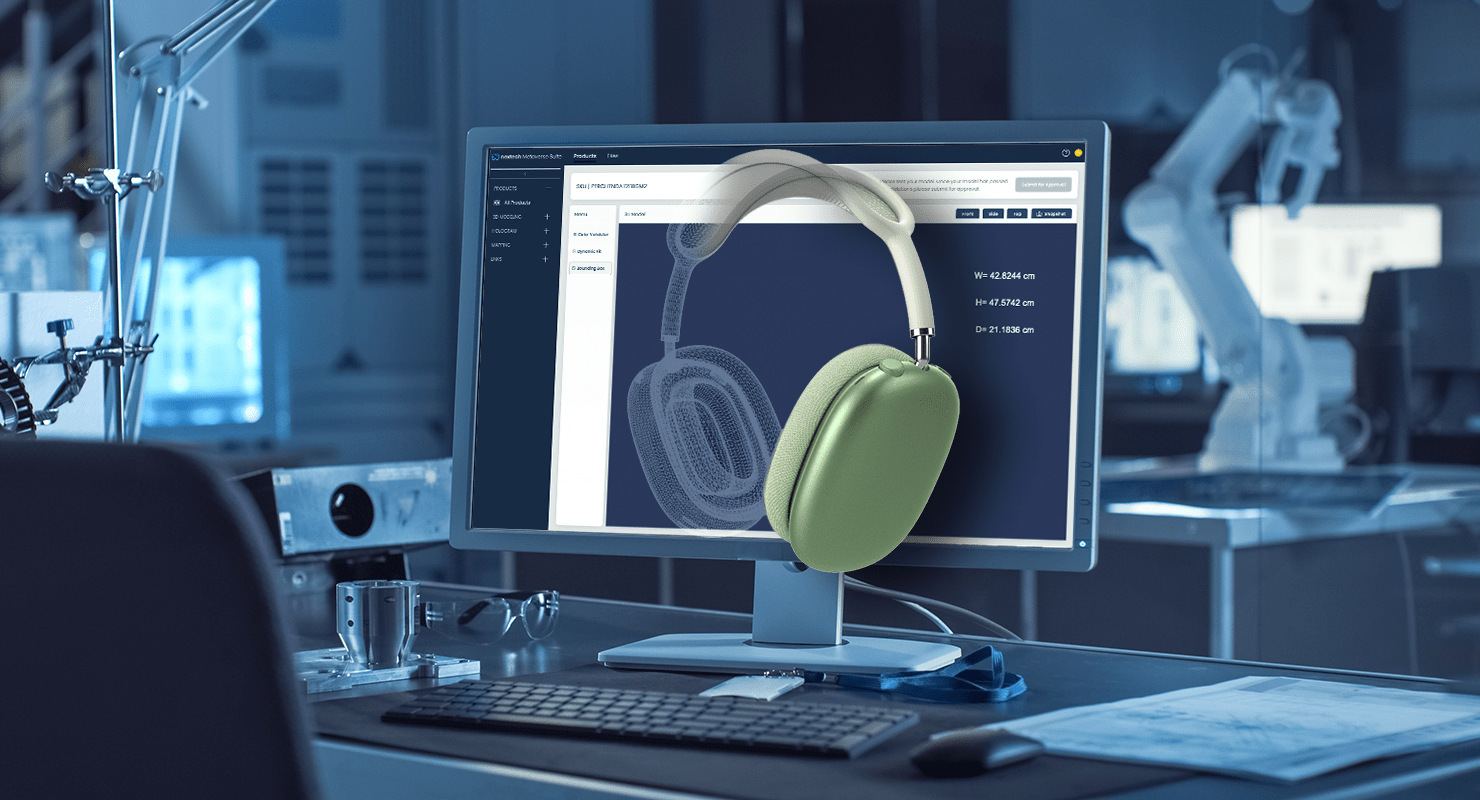One of the most innovative and captivating developments in advertising is 3D advertising. Over the years, it has gained momentum and transformed how brands interact with their audience. Recently, 3D commercials have become very popular in the industry for all the correct reasons. They provide the most alluring customer experience that captivates and engages them more deeply, widening the sales funnel, boosting conversion rates, and boosting business revenue. The advantages of 3D advertising for businesses, its application in different domains, and the future trends are covered in great length in this article.
What Is 3D Advertising?
3D advertising represents a novel dimension in the world of marketing and promotions. It's a dynamic approach to captivating and engaging audiences by harnessing the power of three-dimensional imagery and technology. This cutting-edge advertising strategy immerses consumers in a visually stunning experience transcending traditional flat, two-dimensional ads. 3D advertising transforms the ordinary into the extraordinary, adding depth and dimension to advertisements. Instead of merely viewing an ad, consumers find themselves drawn into a captivating world where products and messages tangibly come to life. This immersive experience creates a lasting impact on viewers, making it an effective tool for brand promotion and storytelling.
3D advertising leverages advanced technologies such as augmented reality (AR), virtual reality (VR), and holography to craft compelling narratives. These narratives include interactive product demonstrations, virtual walkthroughs, or mind-bending visual displays. This approach not only grabs the attention of potential customers but also provides them with a memorable and interactive encounter with the advertised products or services. Moreover, 3D advertising isn't confined to a specific medium. It can manifest in various forms, from billboards and digital displays to mobile apps and social media. This adaptability allows brands to reach their target audiences across diverse channels, ensuring a widespread impact.
The different types of 3D Advertising
Augmented Reality (AR) Experiences: AR advertising overlays digital elements onto the real world, typically through smartphone apps or smart glasses. Brands can use AR to bring products to life, offer interactive experiences, or deliver location-based promotions.
3D Billboards and Outdoor Displays: Traditional billboards and outdoor advertising take on a new dimension with 3D effects. These installations use depth and perspective to make static images appear dynamic and compelling.
Interactive Touchscreens: Interactive 3D touchscreens enable consumers to explore products or services in detail. Users can manipulate virtual objects, view different angles, and access additional information, enhancing their understanding and engagement.
Holographic Displays: Holographic 3D advertising employs laser technology to create three-dimensional, often ethereal, images that appear to float in space. These eye-catching displays can be used for product showcases or attention-grabbing presentations.
The Benefits of 3D Advertising
Today, 3D modeling in advertising is employed in every industry, from the highly popular realm of entertainment to corporate trajectory tracking, and the benefits of the same are enjoyed widely, too. In this section, we go through the significant benefits of 3D advertising. Some of them include:
Engagement and Immersion: Consumers find 3D commercials much more enticing than their non-interactive counterparts. As per an article - Create 3D Immersive Ad Experiences on Display & Video 360 by Google, 3D ads can increase engagement by up to 8 times as compared to 2D ads. Customers have a more enjoyable experience and interact with the product for longer on the ad unit. This heightened engagement can leave a lasting impression on the audience, leading to increased brand loyalty and word-of-mouth recommendations.
Increased Purchase Intent: Purchase intent measures a customer's level of interest in purchasing from a company within a given time frame. Alon Cohen, co-founder and president of Houzz, says that the likelihood of a sale is effectively increased by 11 times when viewing a product in 3D. Every successful business follows a crucial process that involves evaluating the company's performance. Intent to purchase is one of the KPIs for every retailer. It has been demonstrated that 3D creatives raise this statistic.
Powerful Product Visualization: Customers are better able to make educated purchases thanks to realistic 3D modeling in advertising, which lowers the possibility of product returns. The advertising includes a 3D product demo that allows users to examine the product's capabilities. They better understand the product's physical characteristics and whether it fits within their constraints. This boosts conversion rates while lowering returns.
To read more about “Revolutionizing eCommerce: The Power of 3D Product Visualization,” click here.
Competitive Advantage: Your brand will stand out from rivals that can only use conventional digital ad campaigns that use 2D photos, 2D videos, or copy when you use 3D advertisements. Your online presence is more crucial than ever as a business owner today. Consumers rely extensively on online searches and reviews to purchase before they go to stores, restaurants, or even rent a house. Therefore, it is crucial to keep your products up to date online and develop inventive ways to showcase them to your customers.
Multi-Platform Adaptability: 3D advertising can be tailored for various platforms, including digital displays, social media, mobile apps, and physical installations. This adaptability ensures the message reaches a broad and diverse audience, maximizing the brand's reach and impact.
Targeted Marketing: Brands can leverage 3D technology to create personalized and targeted experiences for different audience segments, increasing the relevance and effectiveness of their campaigns, resulting in higher conversion rates and ROI.
Global Reach: With the rise of digital marketing and virtual experiences, 3D advertising has the potential to reach international audiences, transcending geographical boundaries and enabling brands to expand their reach and influence on a worldwide scale. Consumers interact with the product in a 3D advertisement while reading the commercial material and curiously visiting the company website.
Applications of 3D Advertising
The applications of 3D product advertisements are vast and versatile, offering businesses innovative ways to engage their audiences and convey messages with depth and impact. Here, we explore a wide array of practical applications across different industries:
Retail and E-Commerce: In the retail sector, 3D advertising allows customers to try on clothing, accessories, or makeup virtually, enhancing the online shopping experience. Brands may now use interactive 3D models in their commercials thanks to technological breakthroughs. This implies that users can interact with the product directly, rotating it, enlarging it, and even changing its attributes like colors and features in real-time.
Entertainment and Media: In entertainment, 3D advertising enhances movie trailers, video game promotions, and live events. It adds depth and excitement to promotional materials, enticing audiences. From 3D billboards and posters to live events, 3D technology can be utilized by various players in the entertainment industry to promote upcoming releases, whether films, music, or any other form of popular media.
Tourism and Hospitality: Hotels, resorts, and travel agencies use 3D advertising to provide enticing details regarding accommodations and destinations. This allows travelers to explore their options and make informed choices.
Healthcare: Medical professionals use 3D advertising for patient education, visualizing complex medical procedures, and showcasing the capabilities of healthcare facilities and equipment.
Environmental and Sustainability Initiatives: Organizations involved in environmental conservation use 3D advertising to raise awareness, visually depicting the impact of ecological changes and conservation efforts.
Trade Shows and Exhibitions: 3D advertising enhances booth displays and presentations at trade shows, captivating attendees with immersive product showcases and interactive experiences.
The Future of 3D Advertising
Based on the recent developments in the field of advertisements, the following trends hold the potential to carry the world of ads to higher levels in the days to come.
Augmented Reality (AR) Dominance: Augmented Reality campaigns and AR advertising will likely dominate 3D advertising. With the proliferation of AR-capable devices like smartphones and smart glasses, businesses will create interactive and location-based AR experiences that seamlessly merge the digital and physical worlds. This will enable consumers to engage with brands in their immediate surroundings, driving foot traffic and enhancing customer engagement.
Virtual Reality (VR) Integration: VR will further integrate into advertising, providing brands with immersive storytelling capabilities. Whether standalone or tethered to computers or consoles, VR headsets will allow businesses to transport users to virtual worlds where they can experience products and services firsthand. This will be particularly impactful in the real estate, travel, and entertainment industries.
Integration with IoT: The Internet of Things (IoT) will intersect with 3D advertising, allowing connected devices to interact with 3D content. For instance, smart appliances may recognize 3D-advertised products and provide real-time information or purchase options. This synergy between IoT and 3D advertising will create new avenues for consumer engagement.
Cross-Platform Accessibility: 3D advertising will be accessible across various platforms and devices, ensuring that brands can reach audiences on smartphones, tablets, PCs, VR headsets, and AR glasses. This cross-platform approach will maximize reach and engagement, making 3D advertising ubiquitous in digital marketing.
3D advertising is rewriting the rules of engagement in a world where, according to an article - Finding Brand Success in The Digital World by Forbes, an average person is exposed to between 4,000 and 10,000 adverts daily. Its ability to immerse consumers in brand narratives is unparalleled. As this technology continues to evolve, businesses must embrace it as an integral part of their marketing strategies. Stay tuned for the exciting journey ahead in the realm of 3D advertising. Ready to explore the world of 3D advertising and AR marketing?
About ARitize3D by Nextech3D.ai
Nextech3D.ai is a diversified augmented reality AI technology company that leverages proprietary artificial intelligence (AI) to create 3D experiences for the metaverse.
ARitize3D is a solution that turns 2D and CAD files into 3D models that can be viewed in Augmented Reality. This powerful technology has been used in many industries to enhance the user experience and provide better visualization.
Ready to explore the world of 3D advertising and AR marketing? Start by incorporating these strategies into your next campaign. Feel free to reach out if you have questions or need guidance.
To learn more about ARitize3D, click here.







